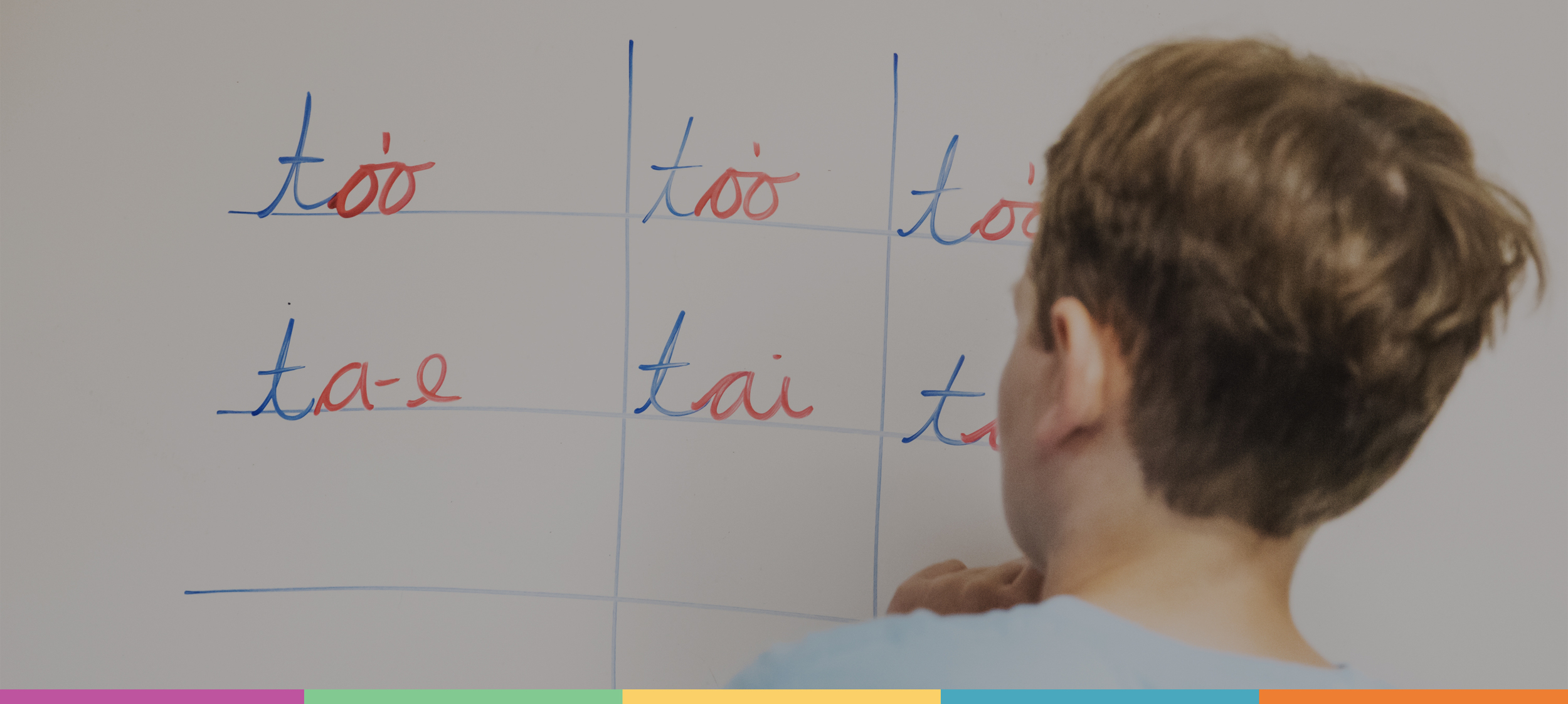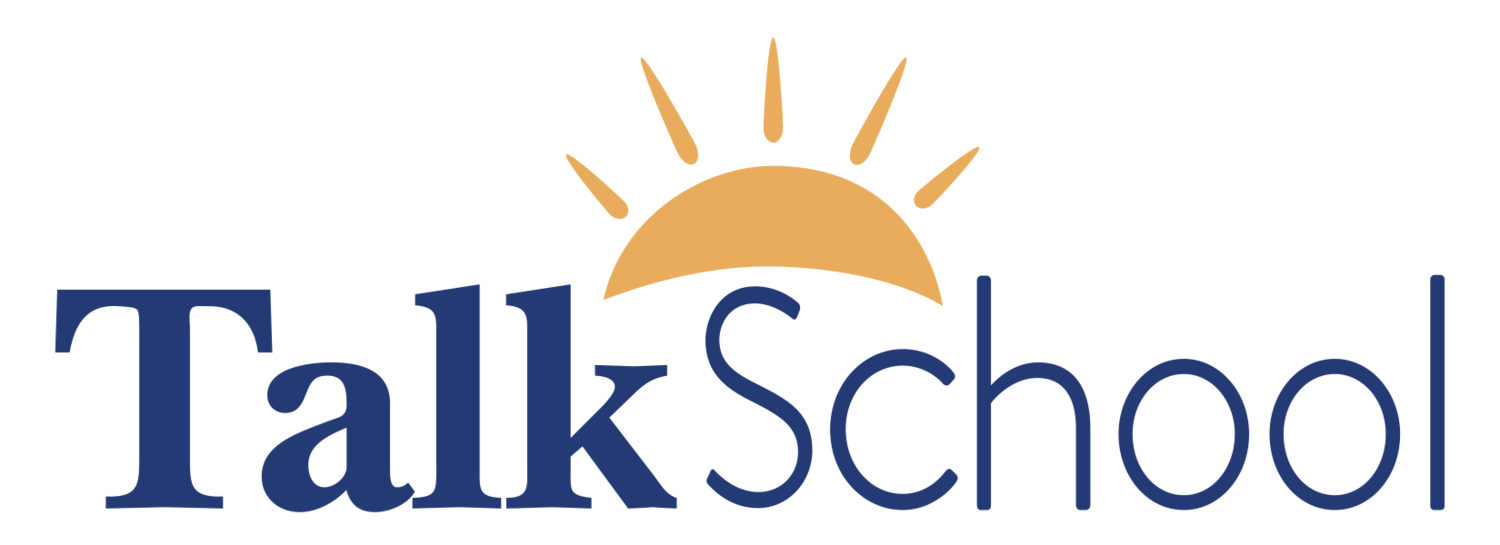
TALK SCHOOL
ASSOCIATION METHOD
The basis for language learning and academics is provided by the Association Method.
The Association Method is a phonics-based, multi-sensory and multilevel curriculum designed to teach oral and written communication to people with severe communication disorders. Its goals are fluency and automaticity. It was developed by the late Mildred McGinnis at the Central Institute for the Deaf in St Louis over fifty years ago.
The curriculum matches the strengths and needs of each individual child and works on the core deficits of speech and language, social interaction and behavior. Instruction progresses from the teaching of individual sounds to syllables, words of gradually increasing length, basic sentences and questions, more advanced sentence structures and the corresponding questions. Ultimately, when sufficient language skills have been achieved, a transition is made to traditional textbook formats for instruction. The curriculum covers all academic areas.
The teaching procedures are specifically designed to reduce or alleviate the language-disordered child's difficulties in decoding, organizing, associating, storing and retrieving information pertinent to the production of clear, articulate speech. The Association Method is available in a number of areas throughout North America and has a long history of bringing speech, reading and writing, to children previously rendered nonverbal and illiterate by severe speech impairments. It has been used successfully to teach children with autism and severe apraxia to speak.
It is also effective with all degrees of receptive and expressive language disorders, dyslexia, hearing impairment, attention deficit disorders, stroke, head trauma and the regular education of elementary students and adult non-readers.
Videos of The Association Method:
The Single Phoneme Level and the Sound Book are the first steps taken when beginning the Association Method. In this section a child is taught to imitate, produce, write, recall and associate the spoken forms of speech with the written form.
TALK School uses The Association Method to to teach oral and written communication to children with severe communication disorders. The Single Phoneme Level and the Sound Book are the first steps taken when beginning the Association Method. In this section a child is taught to imitate, produce, write, recall and associate the spoken forms of speech with the written form. About TALK Institute and School: TALK provides speech therapy and sensory integration occupational therapy on an outpatient basis, Monday through Friday. TALK’s Therapists are trained in specialized therapeutic strategies and techniques beneficial for children with autism and severe language disorders. For more information or to schedule an appointment call TALK’s office at (610) 356-5566. TALK Institute and School talkinc.org 395 Bishop Hollow Road Newtown Square, PA 19073 610.356.5566
For the second step the previously mastered speech sounds are combined into syllables.
The third step is a systematic procedure that is used to teach nouns with associative reinforcement called cross drills. Primary Spelling and Secondary Spellings such as “o-e” as in “note” “oa” as in “boat” and “ow” as in “bow” are used.
Simultaneously presented with the cross drill are noun cards. After the drill on the board, a picture of the new noun that was taught is given to the child. Initially the child says the nouns unblended. After fifty nouns are taught, the child begins to blend the nouns.
The next step is where the child learns to sequence and recall simple sentences and corresponding questions such as “I see a (learned noun)”, “I want a (learned noun)”, “What do you see?” or “What do you want?”
Call us at 610.356.5566 or contact us for more information about our programs.

